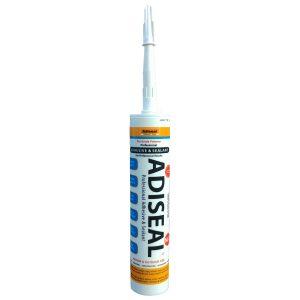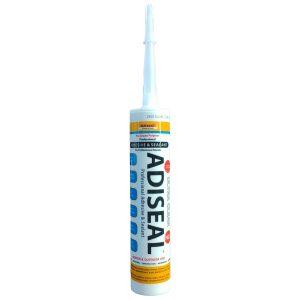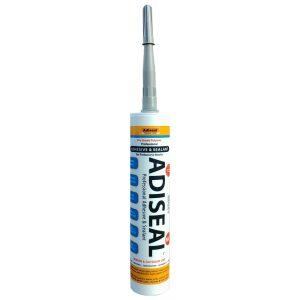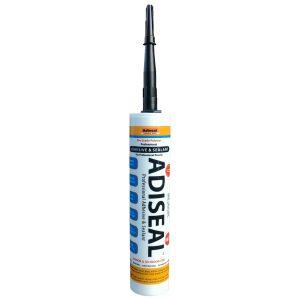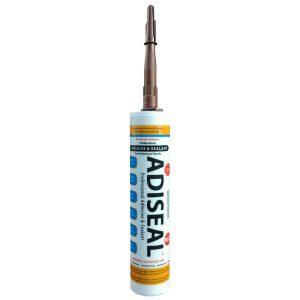Sealant Waterproof
Sealant Waterproof: Reliable Solution for Effective Water Protection
Sealant waterproof is a versatile product that offers effective water protection for various surfaces and applications. Whether you need to seal gaps, joints, or cracks, sealant waterproof provides a reliable barrier against moisture infiltration. In this article, we will explore the benefits, application techniques, and considerations when using sealant waterproof, ensuring you make informed decisions for your waterproofing needs.

Benefits of Sealant Waterproof
Sealant waterproof offers several advantages that make it an excellent choice for water protection:
1. Superior Water Resistance:
– Forms a durable and impermeable seal that prevents water penetration.
– Protects against leaks, water damage, and the growth of mold and mildew.
2. Versatile Application:
– Suitable for a wide range of surfaces, including concrete, metal, glass, and wood.
– Ideal for sealing joints, gaps, seams, and connections in various structures.
3. Long-lasting Performance:
– Exhibits excellent durability and remains effective over extended periods.
– Withstands environmental factors such as UV exposure, temperature fluctuations, and weathering.
Application Techniques
To achieve optimal results when using sealant waterproof, consider the following techniques:
1. Surface Preparation:
– Clean the surface thoroughly, removing dirt, debris, and loose material.
– Ensure the surface is dry before applying the sealant.
2. Proper Application:
– Cut the nozzle of the sealant tube at a 45-degree angle to achieve the desired bead size.
– Apply the sealant evenly and smoothly along the desired area, filling gaps or covering joints.
3. Tooling and Smoothing:
– Use a caulking gun or a putty knife to smooth and shape the applied sealant.
– Tool the sealant to create a neat and uniform finish.
Considerations for Successful Waterproofing
To ensure successful waterproofing with sealant, keep the following points in mind:
1. Compatibility:
– Choose a product that is compatible with the surface material and the specific application.
– Consider the environmental conditions the sealant will be exposed to, such as extreme temperatures or chemical exposure.
2. Proper Sealant Selection:
– Select a sealant suitable for the intended use, such as bathroom sealant, window sealant, or outdoor sealant.
– Check the product specifications to ensure it meets your requirements for durability and flexibility.
3. Maintenance and Inspections:
– Regularly inspect the sealed areas for any signs of damage or deterioration.
– Perform necessary maintenance, such as reapplying sealant or addressing any issues promptly.
In conclusion, sealant waterproof is a valuable tool for effective water protection in a variety of applications. By understanding its benefits, application techniques, and key considerations, you can confidently select and apply sealant waterproof to safeguard your surfaces against water damage and ensure long-lasting performance.
Showing all 5 resultsSorted by popularity
